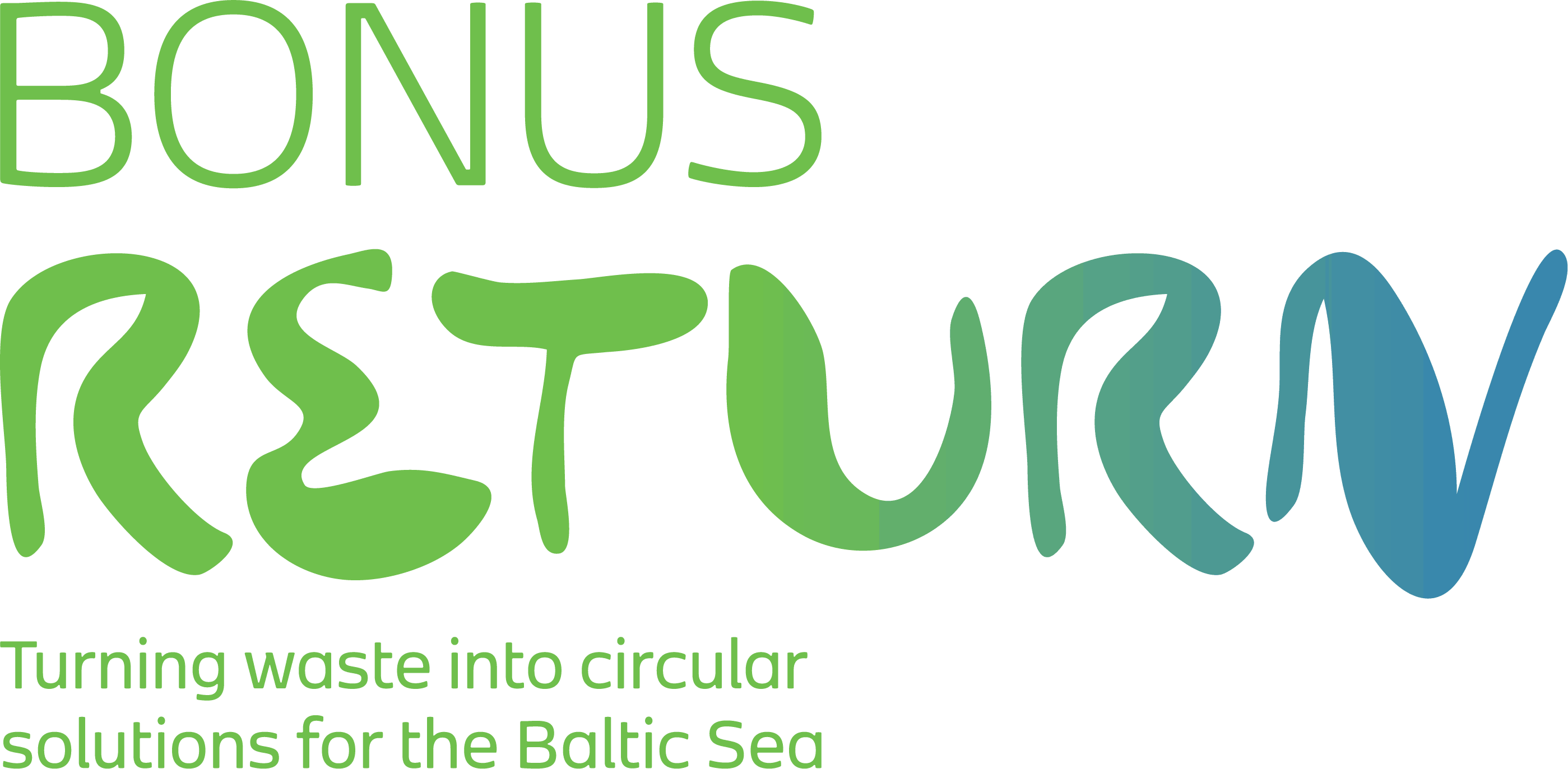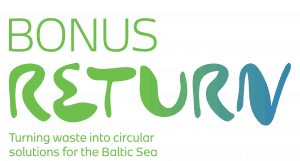Authors: Karina Barquet, Linn Järnberg, Arno Rosemarin, Biljana Macura
Highlights
- Barriers and opportunities for circular economy of phosphorus are found across the entire system.
- Waste-derived products struggle to compete with the established system.
- Recent policy and technology developments provide opportunities.
- New policies may cause lock-in effects by favouring specific phosphorus-recovery technologies.
Abstract
Phosphorus (P) is one of the essential elements needed for global food security. However, the phosphate life cycle is currently predominantly linear, from P-rock mining to fertiliser production, agriculture, and food consumption, with the P excess ending up in soil and runoff. Eutrophication coupled with limited global commercial phosphorus reserves call for increased efforts toward creating a circular economy for P in many populated drainage basins such as the Baltic Sea region.
To identify barriers and opportunities for such a transition, we employ an analytical framework that merges an innovation systems perspective with elements from the socio-technical transitions literature. Combining a literature review with key informant interviews, we find that lack of appropriate policy steering and insufficient knowledge on the performance of technologies for reuse remain key obstacles for closing the P loop. There are, however, structural opportunities presented by the new EU Fertilising Products Regulation that are likely to level the playing field between conventional and waste-derived fertilisers and thereby improve the market opportunities for recovered P.
However, the system currently appears to be moving towards a narrow focus on a few new technologies for P recovery and reuse which could lead to new lock-ins. Solutions need to address users’ acceptability of the technologies and waste-derived products while the vision of a circular economy needs to be better articulated through government interventions to capture environmental externalities of phosphate mining. The paper further highlights knowledge gaps and proposes recommendations for policy and research related to the circular economy of Phosphorus.

